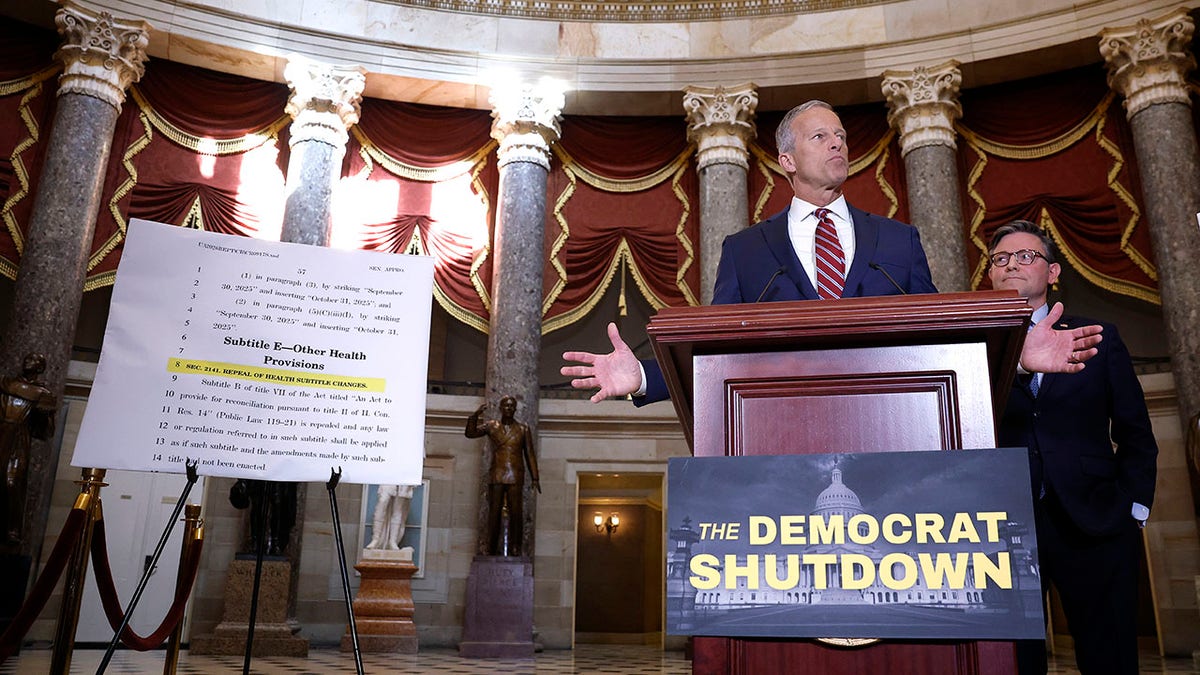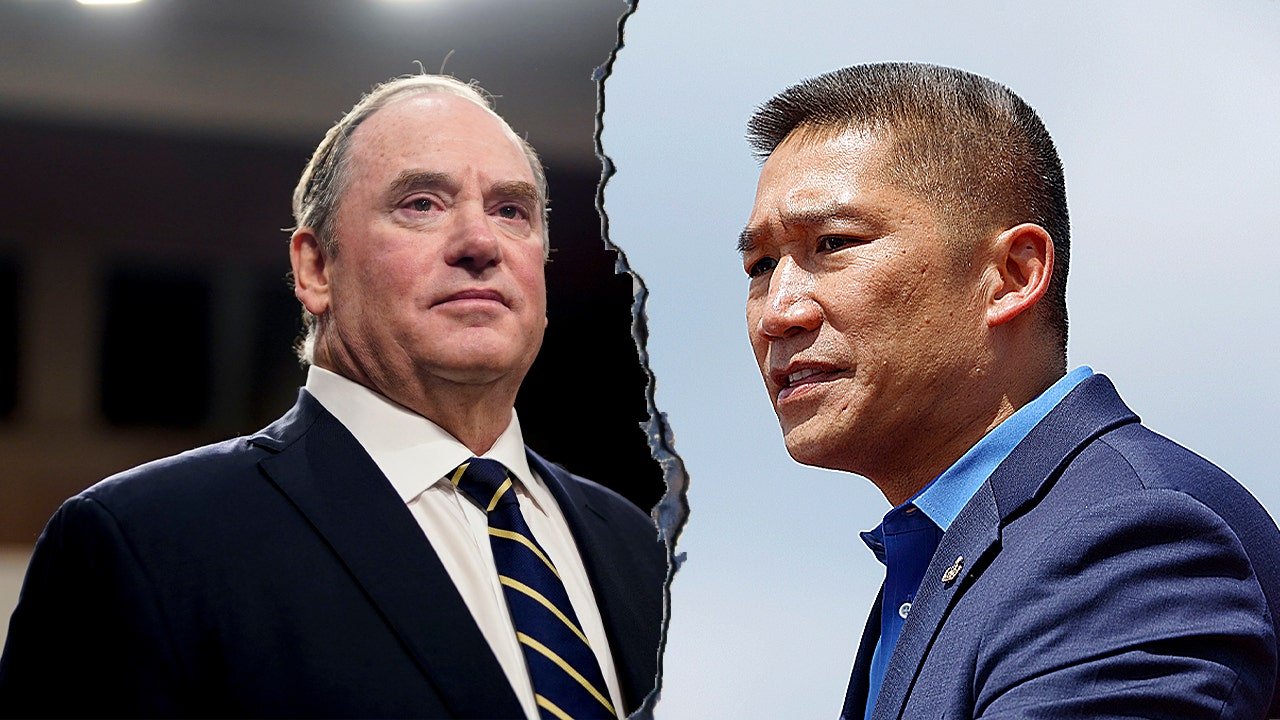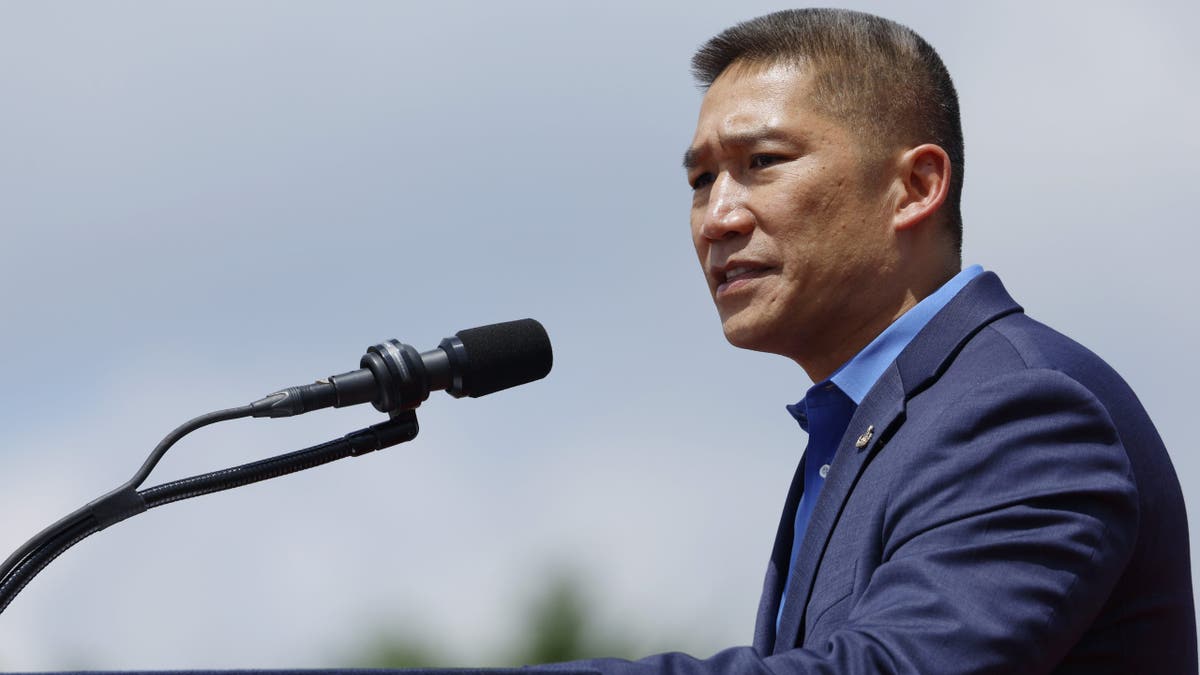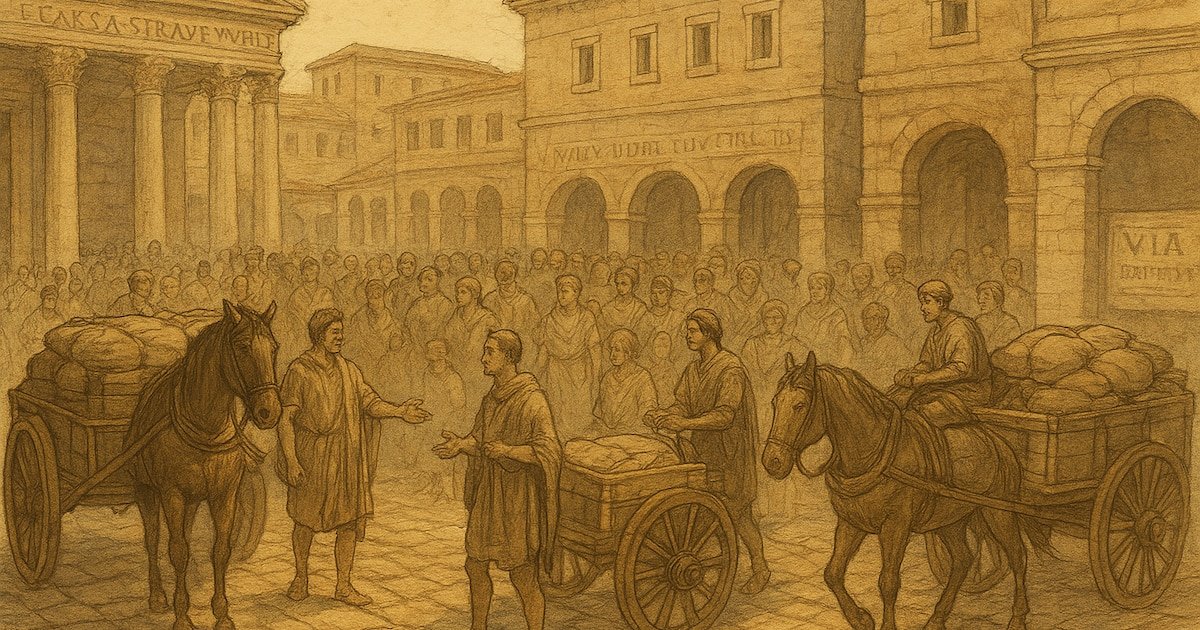INTERNACIONAL
Schumer’s shutdown holds as Senate Dems block GOP bid to reopen government

NEWYou can now listen to Fox News articles!
A weekend away from Washington did little to soften Senate Democrats’ resolve as they again blocked Republicans’ effort to reopen the government, ensuring the shutdown will last at least a week.
Senate Minority Leader Chuck Schumer, D-N.Y., and most of his caucus are adamant that unless a deal is struck on expiring Affordable Care Act (ACA) tax credits, commonly known as ObamaCare subsidies, they will not provide the votes needed to fund the government.
Senate Majority Leader John Thune, R-S.D., needs at least eight Democrats to cross the aisle and support the GOP’s bill, which would reopen the government until Nov. 21.
SCHUMER’S SHUTDOWN SCHEME EXPLAINED: DEMS DOUBLE DOWN ON OBAMACARE CREDITS AS STANDOFF DRAGS ON
Senate Democrats, led by Senate Minority Leader Chuck Schumer, D-N.Y., are not ready to yield their position on extending ObamaCare tax credits as the government shutdown continues. (Kevin Dietsch/Getty Images)
However, only Sens. John Fetterman, D-Pa., Catherine Cortez Masto, D-Nev., and Angus King, I-Maine, have broken with their caucus to end the shutdown. Meanwhile, Sen. Rand Paul, R-Ky., remains the lone Republican to buck his party.
Senate Democrats have remained steadfast in their demand that a deal must be reached to extend expiring ObamaCare subsidies, which are set to expire at the end of the year. They argue that unless Congress acts, Americans who rely on the tax credits will see their healthcare premiums skyrocket.
Both Senate leaders are encouraging talks among rank-and-file members to find a solution, but neither side can agree on when exactly the subsidies should be dealt with.
GOVERNMENT SHUTDOWN ENTERS 3RD DAY AS SENATE STALEMATE OVER OBAMACARE SUBSIDIES DRAGS ON

Senate Majority Leader John Thune, R-S.D., and Senate Republicans are open to negotiating an extension to expiring ObamaCare tax credits, but only after the government reopens. (Kevin Dietsch/Getty Images)
When asked what the appetite for tackling the expiring subsidies was within the Senate GOP, Thune said it was «a mixed bag.»
«But like I said, you know, there may be a path forward,» he said. «I think a lot of it would come down to what the White House lands on that, but certainly not without reforms. And we all know the program is broken, it needs to be fixed, so that would be certainly a starting place.»
Schumer wants an additional bulwark added to a deal: President Donald Trump has to sign off on it, given that there may be resistance among House Republicans to extending the Affordable Care Act (ACA) subsidies.
«Look, the bottom line on that is we need the president to be involved. [House Speaker Mike] Johnson and a whole lot of his caucus don’t like the ACA, don’t want to do the extensions,» he said. «A lot of Republican senators in the Senate do, but they’re not enough. Good is not enough.»
DEMOCRATS REFUSE TO BUDGE OVER OBAMACARE FIGHT AS SHUTDOWN DRAGS ON

Sen. John Fetterman, D-Pa., speaks to reporters before a Senate luncheon at the U.S. Capitol on Dec. 12, 2023, in Washington, D.C. (Kevin Dietsch/Getty Images)
«You need Johnson and you need Trump to get it done,» he continued. «So that’s the bottom line.»
Trump told reporters in the Oval Office that «we’re talking to the Democrats.» When asked if he would work to make a deal with them on ObamaCare subsidies to reopen the government, he said, «Yeah.»
«I’d like to see a deal made for great healthcare,» Trump said. «I want to see great healthcare, I’m a Republican, but I want to see healthcare much more so than the Democrats.»
Schumer fired back in a statement that Trump’s «claim isn’t true — but if he’s finally ready to work with Democrats, we’ll be at the table.»
And Fetterman, who has routinely voted against shutting the government down regardless of which party controlled the Senate, recognized that without Trump’s greenlight, a deal would go nowhere.
CLICK HERE TO GET THE FOX NEWS APP
He gave the example of a bipartisan border deal negotiated between Republicans and Democrats in the Senate in 2023 that was sidelined under orders from Trump.
«It got tanked. Trump tanked that, and he wasn’t the president, and he didn’t have to sign that thing,» Fetterman said. «So what I’m saying, where’s the leverage? Because ultimately, doesn’t he have to sign off on any of it anyway?»
senate,government shutdown,donald trump,chuck schumer,politics
INTERNACIONAL
New Navy Under Secretary Cao to ‘supercharge’ force by ditching DEI, raising standards, modernizing IT

NEWYou can now listen to Fox News articles!
Navy Secretary John C. Phelan has tapped new Navy Under Secretary Hung Cao to lead a sweeping overhaul of the service and «supercharge the Navy and Marine Corps,» including modernizing its business and IT systems.
Cao, sworn in Oct. 3. by Secretary of War Pete Hegseth, returns to the Department of the Navy with direct orders to «cut red tape and raise standards.»
Phelan said in a memo shared exclusively to Fox News Digital that the reforms are to «sharpen readiness, fix faster, and put sailors, Marines, and their families first» as well as restore the Navy and Marine Corps’ warrior ethos.
Cao, a former U.S. Navy captain, is also a well-known Republican figure, who ran for the U.S. Senate in Virginia in 2024 and in 2025, was nominated by Trump and confirmed as the 35th Navy under secretary.
HEGSETH ORDERS ABOUT FACE ON PENTAGON’S SLIPPING GROOMING STANDARDS
President Donald Trump with Hung Cao in 2024. (Anna Moneymaker/Getty Images)
The move follows remarks by Hegseth Sept. 30 to flag and general officers at Marine Corps Base Quantico.
«First and foremost, we must restore a ruthless, dispassionate and common-sense application of standards,» Hesgeth said. «Standards must be uniform, gender-neutral, and high. If not, they’re not standards — they’re suggestions. Suggestions that get our sons and daughters killed.»
Cao’s reforms will start at home and include launching a new inspection system with 60-day repair timelines to overhaul military family housing.
Base dining will shift to healthier, locally sourced menus designed to mirror combat readiness and improve nutrition.
HEGSETH VOWS TO REBUILD MILITARY DETERRENCE SO ENEMIES ‘DON’T WANT TO F— WITH US’

Secretary of the Navy John Phelan greets sailors during a visit. (Courtesy of the Secretary of the Navy)
Outdated IT and business systems will be replaced with modern, mobile-ready platforms to streamline daily operations and empower sailors with tools that work for the first time.
Beyond quality-of-life upgrades, the Navy is targeting full audit compliance by FY2026 to strengthen transparency and accountability.
Recruiting reforms will eliminate DEI-based waivers in favor of merit-only accessions, while reserve forces will integrate more closely with active-duty training pipelines.
Permanent Change of Station (PCS) orders will move faster, and new policies will expand school choice for military families.
On Guam, infrastructure upgrades, from runways to fuel and housing capacity will harden the island’s role as a vital Indo-Pacific power-projection hub.
AIR FORCE TIGHTENS RULES ON TRANSGENDER AIRMEN; SUPPORTERS SAY IT PRIORITIZES READINESS: REPORT

Navy Under Secretary Hung Cao has been tapped to lead a sweeping overhaul of the Navy and Marine Corps. (Anna Moneymaker/Getty Images)
«These aren’t talking points, they’re timelines,» Cao said of the reforms. «We’re ending bureaucratic drift and restoring excellence.»
Cao’s initiatives will also aim to unify family welfare and combat readiness under what Phelan describes as «one quarterback, one playbook.»
On Capitol Hill, Rep. Jack Whitfield, R-Texas, chair of the House Armed Services readiness panel, said Congress would «support the Navy’s renewed focus on lethality and accountability.»
HEGSETH TELLS TROOPS TO RESIGN IF THEY OPPOSE HIS PLAN TO SCRAP ‘WOKE’ POLICIES AND RESTORE WARRIOR ETHOS

Department of War Secretary Pete Hegseth arrives at the Pentagon. (AP Photo/Kevin Wolf)
A Democratic staffer on the Senate Armed Services Committee called it «an overdue reset» and confirmed oversight «will track results closely.»
The sweeping, new portfolio integrates quality-of-service improvements, modernization, and reserve reform under a single chain of command.
CLICK HERE TO GET THE FOX NEWS APP
«This is about speed, standards, and service,» Phelan said. «When the basics work the first time, ships sail more, aircraft fly farther, and the world’s greatest maritime force only gets stronger.»
Hegseth and Phelan did not immediately respond to Fox News Digital’s request for comment.
us navy,navy,defense,pete hegseth,politics
INTERNACIONAL
Roma, atascos y caos: el insólito tráfico de la antigüedad y por qué recuerda a las ciudades modernas

En la Roma antigua, los problemas de tráfico y la búsqueda de estacionamientos ya formaban parte de la vida cotidiana, lejos de la imagen de calzadas amplias y tránsito fluido. La capital del Imperio romano y otras ciudades, como Ostia y Pompeya, experimentaban una congestión que condicionaba la rutina de sus habitantes, según documenta Muy Interesante.
La presión sobre las infraestructuras viales, la saturación de las calles y la falta de espacios para estacionar generaban tensiones que recuerdan a los desafíos urbanos actuales.
El crecimiento demográfico de Roma, impulsado por su papel como metrópoli del Mediterráneo, atrajo a cientos de miles de personas dentro de sus murallas. Esta concentración provocó una demanda constante sobre las calzadas, que, aunque sólidas, no estaban preparadas para soportar el tráfico simultáneo de carros de transporte, vehículos privados y multitudes de peatones.
Las calles del centro, muchas veces estrechas, se convertían en auténticos cuellos de botella. En Pompeya y Ostia, los restos arqueológicos muestran profundas rodadas en la piedra, evidencia del paso incesante de vehículos pesados.
Estas marcas no solo atestiguan la intensidad del tráfico, sino que también reflejan el deterioro de las infraestructuras, lo que obligaba a reparaciones frecuentes y a la imposición de restricciones en ciertos tramos, como señala Muy Interesante.

Uno de los principales factores de la congestión era el movimiento constante de carros de transporte, esenciales para el aprovisionamiento de mercancías en la ciudad. El flujo de estos vehículos, especialmente durante el día, colapsaba las vías principales.
Para aliviar la situación, las autoridades imperiales dictaron normas que prohibían la circulación diurna de carros, obligando a los transportistas a operar durante la noche. Esta medida generó nuevas molestias: el estruendo de las ruedas metálicas y el tránsito de animales de tiro alteraban el descanso nocturno.
Autores clásicos como Juvenal y Marcial se quejaron del ruido que perturbaba la tranquilidad de los romanos, según recoge Muy Interesante. Así, la regulación del tráfico diurno trasladó el conflicto al horario nocturno, evidenciando la dificultad de equilibrar las necesidades económicas con la calidad de vida.
El estacionamiento representaba otro reto considerable. Sin espacios reservados, los romanos solían dejar sus carros cerca de foros, mercados o termas (baños públicos de la antigua Roma, espacios construidos para el baño y la recreación, que incluían piscinas y otras estancias), lo que generaba atascos adicionales y bloqueaba el paso de peatones.
Las inscripciones y textos legales de la época documentan quejas contra quienes ocupaban lugares indebidos. En Ostia, la acumulación de carros a la espera de descargar mercancías provocaba embotellamientos en torno a los almacenes.

En Pompeya, la presencia de postes de piedra delimitaba zonas para impedir el acceso de vehículos, reservando el espacio para peatones y actividades comerciales. La ausencia de una planificación de aparcamientos agravaba la tensión entre la circulación y la vida urbana cotidiana.
Frente a este panorama, las autoridades romanas intentaron imponer orden mediante regulaciones. Además de la prohibición diurna de circulación de carros, se establecieron restricciones de acceso a determinadas zonas, especialmente en torno al Foro Romano, donde se priorizaba el tránsito peatonal y la actividad política.
En algunas ciudades, se instalaron límites físicos como pivotes de piedra, escalones o estrechamientos intencionados de la calzada para disuadir el paso de vehículos. Estas medidas reflejan un esfuerzo consciente por gestionar la movilidad y reducir los conflictos, aunque, como muestran las fuentes literarias, rara vez lograban erradicar el problema debido a la persistente presión demográfica y económica.
La convivencia entre peatones y vehículos era fuente constante de fricciones. Los ciudadanos de a pie utilizaban aceras elevadas y pasos de piedra, como los que aún se conservan en Pompeya, pero el espacio seguía siendo insuficiente. Muchas veces, los peatones debían compartir la calzada con los carros, lo que incrementaba el riesgo de accidentes.
El filósofo Séneca criticó la incomodidad y el peligro de las calles abarrotadas, mientras que Juvenal ridiculizó la imposibilidad de moverse sin ser empujado o pisoteado. Estas quejas reflejan el malestar generalizado ante la congestión y el ruido, según destaca Muy Interesante.

Para adaptarse a esta realidad, los habitantes de Roma desarrollaron estrategias cotidianas. Algunos optaban por desplazarse a pie para evitar la lentitud de los carros, otros programaban sus viajes en horarios menos concurridos y los aristócratas recurrían a esclavos para abrirse paso en las calles más saturadas.
El ingenio y la flexibilidad se convirtieron en recursos esenciales para sobrevivir en la compleja jungla urbana romana. Incluso en ciudades más pequeñas como Pompeya, el trazado urbano revela intentos de controlar el flujo mediante calles de sentido único, zonas peatonales y sistemas de drenaje que influían en el ancho de la calzada. Estas soluciones locales demuestran que la gestión del tráfico era un desafío común en todo el Imperio.
Más allá de los aspectos prácticos, los problemas de tráfico y aparcamiento dejaron una huella cultural en la Roma antigua. El ruido de los carros se integró en el paisaje sonoro de la ciudad, y la congestión se convirtió en símbolo de los excesos urbanos, donde el lujo y el comercio coexistían con la incomodidad del hacinamiento.
El tráfico caótico llegó a ser una metáfora de la propia Roma: una ciudad poderosa y dinámica, pero también marcada por contradicciones y tensiones internas.
La experiencia cotidiana de los romanos muestra que los dilemas de movilidad y congestión urbana no son exclusivos de la modernidad, sino que han acompañado a las grandes ciudades desde hace milenios, como ha documentado Muy Interesante.
INTERNACIONAL
Netanyahu, on 2-year mark of Oct. 7 Hamas terror attack, says Israel ‘not broken,’ vows to bring hostages home

NEWYou can now listen to Fox News articles!
Israeli Prime Minister Benjamin Netanyahu marked the second year since the Oct. 7, 2023, Hamas terror attack in a statement shared on social media Tuesday, calling it «a fateful war for our existence» and declaring that Israel’s «enemies didn’t break us.»
«Infants, children and the elderly were murdered,» Netanyahu said in his remarks shared on X. He added that 251 men and women were taken into tunnels in the Gaza Strip, figures the IDF later released.
Netanyahu said that he and his wife, Sara, «bow our heads in memory of our martyrs and fallen,» while pledging that Israel «continues to work in every way to return all the abductees, both the living and the fallen.»
The Oct. 7 Hamas attack remains the deadliest single day for Jews since the Holocaust.
ISRAEL’S COVERT CAMPAIGN TARGETS HAMAS TERRORISTS BEHIND OCT 7 MASSACRE
Israeli Prime Minister Benjamin Netanyahu delivers remarks during a joint news conference at the White House, Sept. 29. (Alex Wong/Getty Images)
Terrorists stormed Israeli communities near the Gaza border and attacked the Nova music festival, killing families in their homes and kidnapping men, women and children. The Hamas assault ignited a war that remains ongoing.
Netanyahu described the ongoing conflict as «the War of Rebirth on Seven Fronts,» a fight he said was for Israel’s survival and future. «Our bloodthirsty enemies hit us hard, but they have not broken us,» he said. «Whoever raises his hand against us will suffer unprecedented crushing blows.»
He praised Israel Defense Forces (IDF) soldiers and commanders for «waging a fierce war against those who seek our harm on every front» and asserted that Israel has «broken the Iranian axis,» while reshaping the region.
At the same time, he spoke of «immense pride in our country’s miraculous resilience» paired with the «immense pain» of loss.
TRUMP ANNOUNCES ISRAEL AGREES TO GAZA ‘INITIAL WITHDRAWAL LINE’ AS ‘3,000 YEAR CATASTROPHE’ NEARS END

Israeli soldiers watch the northern Gaza Strip from southern Israel, July 30. (AP Photo/Ohad Zwigenberg)
«Our bloodthirsty enemies hit us hard, but they did not break us,» Netanyahu said.
CLICK HERE TO GET THE FOX NEWS APP
Netanyahu concluded his statement with a call for unity, vowing to pursue three central war aims: the return of all hostages, the elimination of Hamas’s control in Gaza and a permanent guarantee that the territory will never again threaten Israel.
«Together we will stand, and together, with God’s help, we will win,» he said.
Negotiators from Israel and Hamas have convened in Egypt this week to discuss details on President Donald Trump’s peace plan to end the war in Gaza and return 48 Israeli hostages.
Fox News Digital’s Caitlin McFall contributed to this report.
israel,conflicts,middle east,terrorism,benjamin netanyahu

 SOCIEDAD2 días ago
SOCIEDAD2 días agoAtacada por ser judía: el aterrador relato de una mujer en Buenos Aires

 CHIMENTOS1 día ago
CHIMENTOS1 día agoMica Viciconte confesó por qué no fue a conocer a su primer sobrino: “Me cuesta, no me hallo”

 POLITICA2 días ago
POLITICA2 días agoTras la renuncia de Espert a su candidatura, el PJ busca capitalizar la crisis libertaria y fortalecerse en las urnas





















